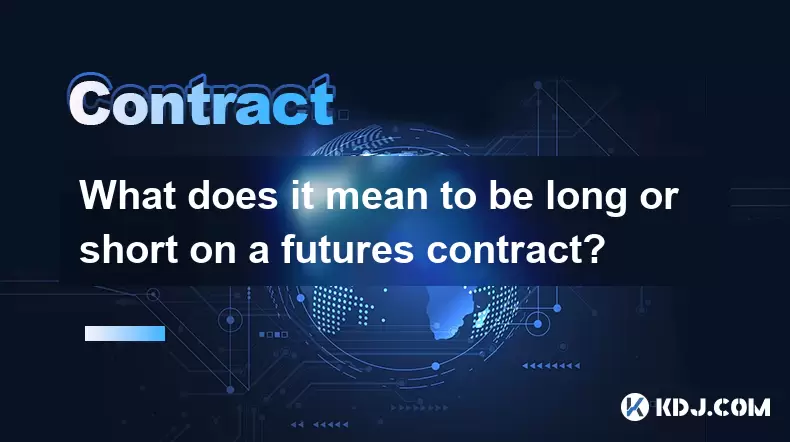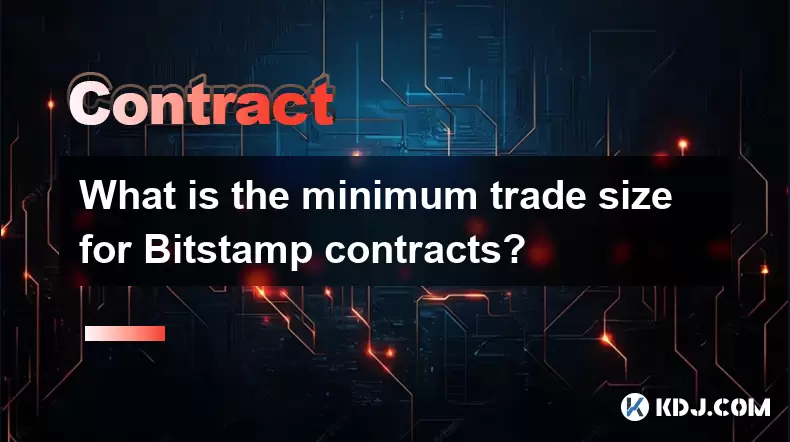-
 Bitcoin
Bitcoin $118600
-1.19% -
 Ethereum
Ethereum $3633
-2.99% -
 XRP
XRP $3.191
-10.14% -
 Tether USDt
Tether USDt $1.000
0.01% -
 BNB
BNB $776.1
-1.34% -
 Solana
Solana $189.7
-7.51% -
 USDC
USDC $0.0000
0.02% -
 Dogecoin
Dogecoin $0.2413
-10.49% -
 TRON
TRON $0.3099
-1.92% -
 Cardano
Cardano $0.8182
-9.31% -
 Hyperliquid
Hyperliquid $43.77
-4.82% -
 Stellar
Stellar $0.4286
-9.27% -
 Sui
Sui $3.717
-7.35% -
 Chainlink
Chainlink $18.22
-7.31% -
 Hedera
Hedera $0.2465
-9.91% -
 Bitcoin Cash
Bitcoin Cash $512.4
-2.64% -
 Avalanche
Avalanche $23.98
-6.82% -
 Litecoin
Litecoin $112.5
-5.53% -
 UNUS SED LEO
UNUS SED LEO $8.969
-0.24% -
 Shiba Inu
Shiba Inu $0.00001388
-10.11% -
 Toncoin
Toncoin $3.194
-4.31% -
 Ethena USDe
Ethena USDe $1.001
0.00% -
 Polkadot
Polkadot $4.128
-8.96% -
 Uniswap
Uniswap $10.19
-5.28% -
 Monero
Monero $313.7
-2.80% -
 Bitget Token
Bitget Token $4.712
-2.96% -
 Dai
Dai $0.0000
0.01% -
 Pepe
Pepe $0.00001275
-9.75% -
 Aave
Aave $291.4
-6.25% -
 Bittensor
Bittensor $426.7
-5.38%
What does it mean to be long or short on a futures contract?
In crypto futures, going long means buying with the hope of price increases, while going short means selling in anticipation of price declines—leverage magnifies both gains and risks.
Jul 23, 2025 at 08:29 pm

Understanding Long and Short Positions in Futures Contracts
When traders engage in futures trading, they either take a long position or a short position. A long position means the trader agrees to buy an asset at a predetermined price at a future date. This strategy is typically used when the trader expects the price of the asset to rise. Conversely, a short position means the trader agrees to sell an asset at a set price in the future, usually when they anticipate a price decline. These positions are foundational to how futures markets function and allow participants to hedge or speculate on price movements.
How to Go Long on a Cryptocurrency Futures Contract
To open a long position on a crypto futures contract, follow these steps:
- Log in to your futures trading platform (e.g., Binance Futures, Bybit, or OKX).
- Navigate to the futures trading section and select the asset (e.g., BTC/USDT).
- Choose the contract type—perpetual or quarterly—and set your leverage (e.g., 10x).
- Click the “Buy” or “Long” button to enter the trade.
- Specify the quantity of contracts or USDT value you want to commit.
- Confirm the order using a limit or market order type.
Each step must be executed carefully because leverage amplifies both gains and losses. For instance, if Bitcoin is priced at $60,000 and you go long with 10x leverage on 1 BTC, a 5% price increase yields a 50% return on your margin—but a 5% drop triggers a 50% loss.
How to Go Short on a Cryptocurrency Futures Contract
Opening a short position involves the reverse logic: - Access your futures account and select the same asset pair (e.g., ETH/USDT).
- Choose your leverage—this affects your margin and liquidation risk.
- Click the “Sell” or “Short” button to initiate the trade.
- Enter the number of contracts or the dollar amount you wish to short.
- Review the liquidation price and set stop-loss or take-profit levels if desired.
- Submit the order.
For example, if Ethereum trades at $3,000 and you short 2 ETH at 5x leverage, you profit if the price drops below $3,000. A 10% drop to $2,700 would give you a 50% return on your initial margin. However, a 10% price increase would result in a full 50% loss.
Differences Between Long and Short in Terms of Risk and Reward
The risk profiles for long and short positions are symmetrical but context-dependent. In a long position, your maximum loss is limited to your margin if the asset price falls to zero—but in crypto, this is rare. Your potential gain is theoretically unlimited if the asset appreciates. In a short position, the maximum gain is capped if the asset price drops to zero, but losses can be unlimited if the price rises sharply. This is critical in volatile markets like cryptocurrency, where sudden rallies (e.g., Bitcoin halving events) can trigger massive short squeezes.Margin Requirements and Liquidation Mechanics
Both long and short positions require posting margin—either isolated or cross-margin. Isolated margin limits risk to the allocated amount per trade, while cross-margin uses your entire balance as collateral. If the market moves against your position, the exchange calculates a liquidation price: - For longs: Liquidation occurs when the mark price falls below your liquidation threshold.
- For shorts: Liquidation happens when the mark price rises above your liquidation level.
To avoid liquidation:
- Monitor your maintenance margin ratio—it must stay above the exchange’s minimum (e.g., 0.5%).
- Add more margin manually if the price moves against you.
- Use stop-loss orders to exit before reaching the liquidation point.
Failure to maintain sufficient margin leads to automatic position closure by the exchange, often at a worse price due to slippage.
Real-World Example: Long vs. Short in a Bitcoin Futures Trade
Suppose Bitcoin is trading at $55,000. Trader A opens a long position with 5x leverage on 1 BTC. Trader B opens a short position on 1 BTC at the same price and leverage. If Bitcoin rises to $60,500 (a 10% increase): - Trader A gains 50% on their margin.
- Trader B loses 50% of their margin.
If Bitcoin drops to $49,500 (a 10% decrease):
- Trader A loses 50%.
- Trader B gains 50%.
This illustrates how the same price movement affects long and short positions inversely. The leverage multiplies the impact, making position selection crucial based on market outlook.
Frequently Asked Questions
What happens if I hold a long futures position past the expiry date?
If you hold a quarterly futures contract and do not close it before expiry, the exchange will automatically settle it in cash based on the final settlement price. Perpetual contracts do not expire, so no action is needed unless you want to exit the trade.Can I switch from a long to a short position in the same contract?
Yes. You must first close your long position by selling an equal number of contracts, then open a short position by selling again. Some platforms allow “reverse” functionality, which closes the current position and opens the opposite one in a single action.Is it possible to be both long and short on the same asset in futures?
Yes, but only in separate positions. For example, you can hold a long perpetual contract and a short quarterly contract on BTC/USDT simultaneously. This is called a “spread trade” and is used to exploit price differences between contract types.Do long and short positions affect the funding rate in perpetual futures?
Yes. If more traders are long than short, the funding rate becomes positive—longs pay shorts. If more are short, the rate turns negative—shorts pay longs. This mechanism balances market sentiment and keeps perpetual contract prices close to the spot price.
Disclaimer:info@kdj.com
The information provided is not trading advice. kdj.com does not assume any responsibility for any investments made based on the information provided in this article. Cryptocurrencies are highly volatile and it is highly recommended that you invest with caution after thorough research!
If you believe that the content used on this website infringes your copyright, please contact us immediately (info@kdj.com) and we will delete it promptly.
- Score Big This Season with the BetMGM Bonus Code: Your Ticket to MLB Bonus Bets!
- 2025-07-24 06:50:12
- Bitcoin: From Digital Gold Rush to Evolving Asset Class
- 2025-07-24 06:50:12
- Bitcoin, Lightning Network, and Block Inc.: A New York Minute on Crypto's Mainstream Moment
- 2025-07-24 07:10:12
- PUMP Token: No Airdrop, But What's the Plan?
- 2025-07-24 07:10:12
- Asymmetric Shifts, Investor Losses, and Bold Strategies in Crypto: A New Era?
- 2025-07-24 07:15:12
- Crypto Trading 2025: AI Analytics, Binance Fees, and the Rise of Utility Tokens
- 2025-07-24 07:15:12
Related knowledge

Why is my Bitstamp futures position being liquidated?
Jul 23,2025 at 11:08am
Understanding Futures Liquidation on BitstampFutures trading on Bitstamp involves borrowing funds to open leveraged positions, which amplifies both po...

Does Bitstamp offer inverse contracts?
Jul 23,2025 at 01:28pm
Understanding Inverse Contracts in Cryptocurrency TradingIn the realm of cryptocurrency derivatives, inverse contracts are a specific type of futures ...

How to find your Bitstamp futures trade history?
Jul 23,2025 at 08:07am
Understanding Bitstamp and Futures Trading AvailabilityAs of the current state of Bitstamp’s service offerings, it is critical to clarify that Bitstam...

Can I use a trailing stop on Bitstamp futures?
Jul 23,2025 at 01:42pm
Understanding Trailing Stops in Cryptocurrency TradingA trailing stop is a dynamic type of stop-loss order that adjusts automatically as the price of ...

What is the minimum trade size for Bitstamp contracts?
Jul 23,2025 at 07:14pm
Understanding Bitstamp and Its Contract OfferingsBitstamp is one of the longest-standing cryptocurrency exchanges, established in 2011, and known for ...

How to trade ETH perpetuals on Bitstamp?
Jul 23,2025 at 03:28am
Understanding ETH Perpetual ContractsETH perpetual contracts are derivative products that allow traders to speculate on the price of Ethereum without ...

Why is my Bitstamp futures position being liquidated?
Jul 23,2025 at 11:08am
Understanding Futures Liquidation on BitstampFutures trading on Bitstamp involves borrowing funds to open leveraged positions, which amplifies both po...

Does Bitstamp offer inverse contracts?
Jul 23,2025 at 01:28pm
Understanding Inverse Contracts in Cryptocurrency TradingIn the realm of cryptocurrency derivatives, inverse contracts are a specific type of futures ...

How to find your Bitstamp futures trade history?
Jul 23,2025 at 08:07am
Understanding Bitstamp and Futures Trading AvailabilityAs of the current state of Bitstamp’s service offerings, it is critical to clarify that Bitstam...

Can I use a trailing stop on Bitstamp futures?
Jul 23,2025 at 01:42pm
Understanding Trailing Stops in Cryptocurrency TradingA trailing stop is a dynamic type of stop-loss order that adjusts automatically as the price of ...

What is the minimum trade size for Bitstamp contracts?
Jul 23,2025 at 07:14pm
Understanding Bitstamp and Its Contract OfferingsBitstamp is one of the longest-standing cryptocurrency exchanges, established in 2011, and known for ...

How to trade ETH perpetuals on Bitstamp?
Jul 23,2025 at 03:28am
Understanding ETH Perpetual ContractsETH perpetual contracts are derivative products that allow traders to speculate on the price of Ethereum without ...
See all articles

























































































